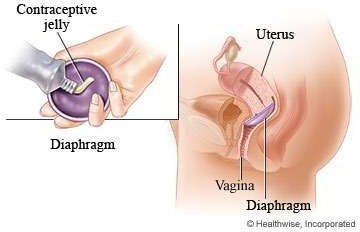A nurse is caring for a client who is at 30 weeks of gestation and receiving magnesium sulfate for preeclampsia. The nurse should recognize which of the following manifestations as an adverse reaction to the medication?
Hypertension
Hypoglycemia
Respiratory rate 16/min
Urine output 20 mL/hr
The Correct Answer is D
A) Hypertension is not typically an adverse reaction to magnesium sulfate; this medication is actually used to lower high blood pressure in preeclampsia.
B) Hypoglycemia is also not a common adverse reaction to magnesium sulfate. This medication does not typically affect blood sugar levels.
C) A respiratory rate of 16/min is within normal limits and is not indicative of an adverse reaction to magnesium sulfate, which can cause respiratory depression if it does affect breathing.
D) Urine output of 20 mL/hr is a concerning sign and can indicate nephrotoxicity or acute kidney injury, which are possible adverse reactions to magnesium sulfate, especially in the context of preeclampsia where kidney function must be closely monitored.
Nursing Test Bank
Naxlex Comprehensive Predictor Exams
Related Questions
Correct Answer is D
Explanation
After giving birth, a woman's body undergoes many changes, including changes in the size and shape of the vagina. It is essential to have the correct size of diaphragm to ensure its effectiveness.
Therefore, the nurse should instruct the client to have a provider refit her for a new diaphragm.
Option a is incorrect because the diaphragm should be cleaned with warm water and mild soap, not an oil- based vaginal lubricant.
Option b is incorrect because the diaphragm should be removed no sooner than 6 hours after intercourse but should not be left in place for more than 24 hours.
Option c is incorrect because oil-based vaginal lubricants can damage latex diaphragms, reducing their effectiveness as a contraceptive method. Water-based lubricants should be used instead.

Correct Answer is C
Explanation
This option respects the mother's wishes of not wanting to hold the newborn while also allowing the nurse to provide education on safe and appropriate feeding positions. It also gives the mother the opportunity to learn and practice holding the newborn in a safe way.
Option a, offering to take the newborn to the nursery, may not be necessary as the mother is already offering the baby a botle.
Option b, insisting that the mother pick up the newborn, would not be respectful of her wishes and could potentially damage the trust and rapport between the mother and nurse.
Option d, persuading the client to breastfeed, may not be appropriate or feasible in this situation as it may not be the mother's preferred feeding method and may not address the immediate concern of the newborn being too tired to be held.
Whether you are a student looking to ace your exams or a practicing nurse seeking to enhance your expertise , our nursing education contents will empower you with the confidence and competence to make a difference in the lives of patients and become a respected leader in the healthcare field.
Visit Naxlex, invest in your future and unlock endless possibilities with our unparalleled nursing education contents today
Report Wrong Answer on the Current Question
Do you disagree with the answer? If yes, what is your expected answer? Explain.
Kindly be descriptive with the issue you are facing.
